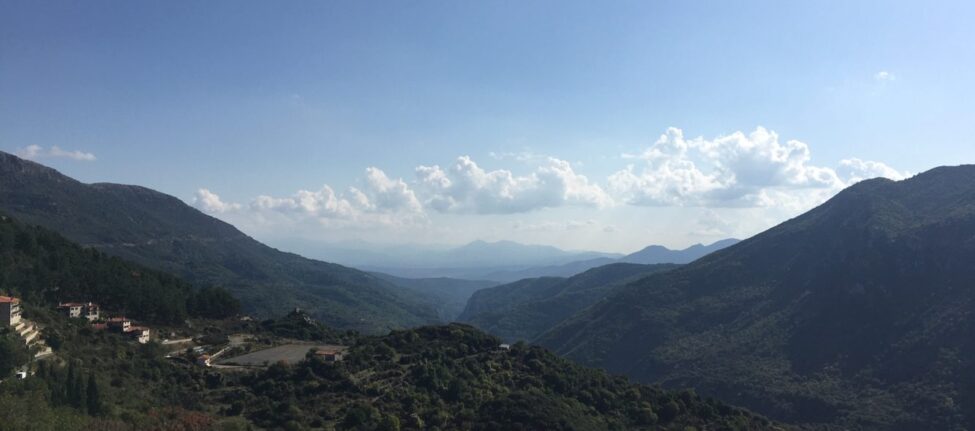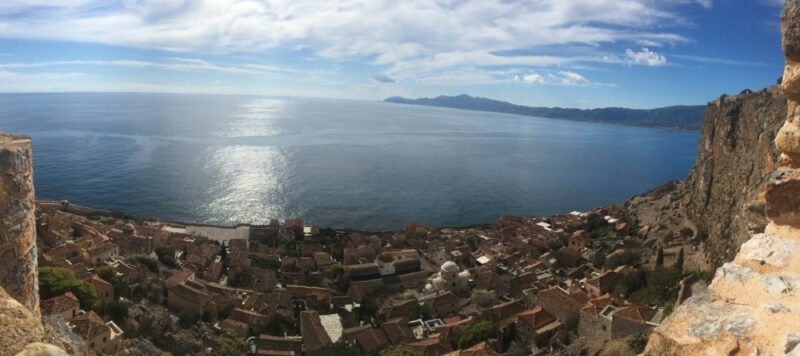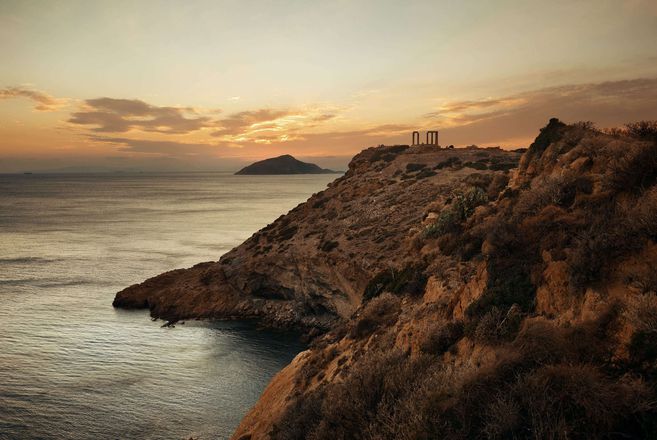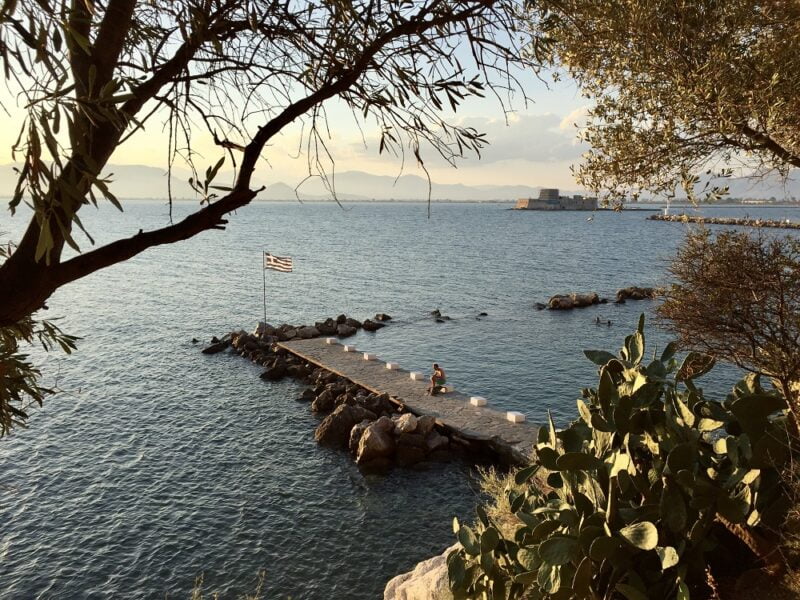Few regions in Greece offer as many treasures as the Peloponnese. With the beauty of its mountainous landscapes, the richness of its archaeological heritage, and the magnetism of the sea, it’s not always easy to decide where to go! So, what are the must-see wonders of the Peloponnese? Follow the guide to discover what to see and do! Our 11 must-see treasures of the Peloponnese:
- 1 – The Corinth Canal
- 2 – The Acrocorinth citadel
- 3 – Nafplio and its fortress
- 4 – The archaeological site of Epidaurus
- 5 – The must-see islands of the Peloponnese: Poros, Hydra and Spetses
- 6 – The archaeological site of Mycenae
- 7 – The Byzantine city of Mystras
- 8 – The fortified town of Monemvasia
- 9 – The Mani peninsula
- 10 – The unspoilt region of Messinia
- 11 – The archaeological site of Olympia
1 – The Corinth Canal
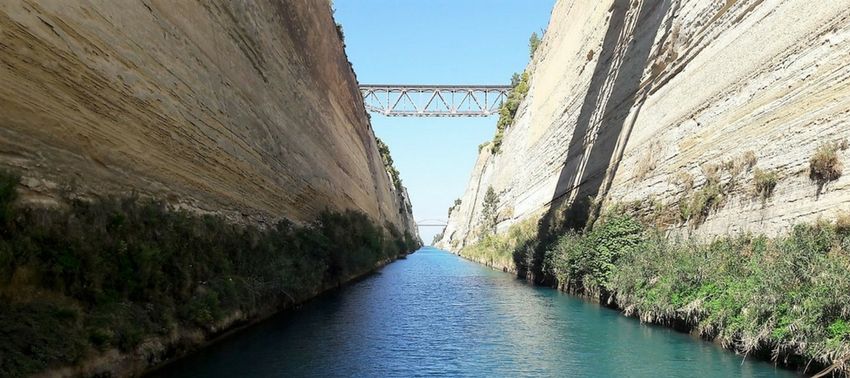
The Corinth Canal announces your arrival in the Peloponnese if you’re arriving from Athens. This artificial waterway crosses the Isthmus of Corinth, which links the Peloponnese peninsula to the rest of Greece. It links the Gulf of Corinth in the Ionian Sea with the Saronic Gulf in the Aegean Sea.
A trip to the Isthmus of Corinth takes just one hour by car from Athens. You can also take a 2-hour cruise along the entire length of the canal.
2 – The Acrocorinth citadel
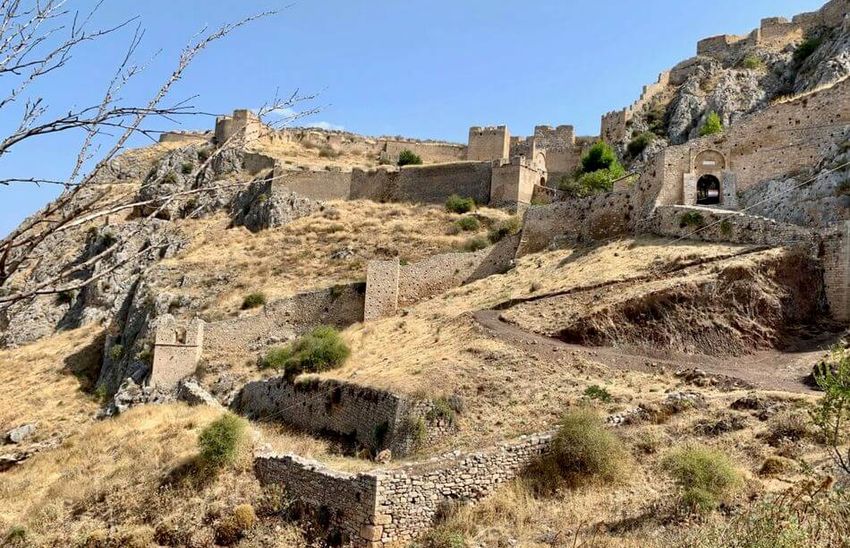
Also on the outskirts of Corinth, the Acrocorinth is an impressive ancient citadel, perched 500 m high on a cliff face. The site reveals the remains of successive occupations: Corinthian, Roman, Byzantine, Venetian and Ottoman.
Allow half an hour to reach the top of the Acrocorinth from the entrance. The tour is free, so take advantage!
3 – Nafplio and its fortress
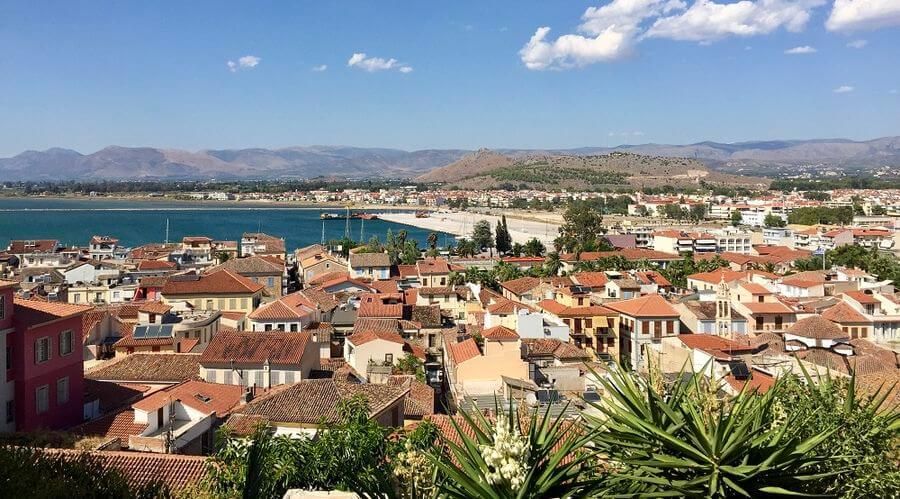
Less than 2 hours’ drive from Athens, Nafplio epitomizes the Greek art of living. With its charming old town, magnificent seafront, breathtaking views from the Palamède fortress, and numerous fascinating archaeological sites nearby, this picturesque port town is worth a visit on its own.
Nafplio is an essential stopover on your trip to the Peloponnese. It’s also an ideal destination for a weekend getaway from Athens!
4 – The archaeological site of Epidaurus
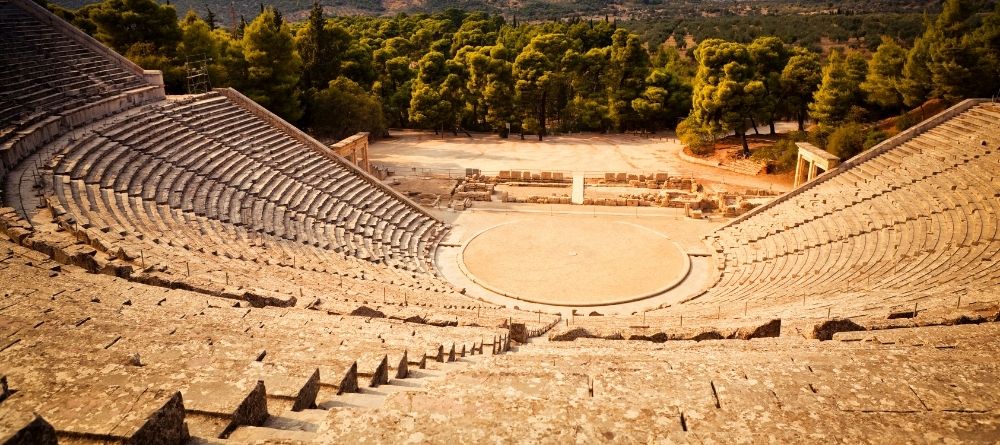
The famous archaeological site of Epidaurus is one of the 20 Greek sites listed as a UNESCO World Heritage Site. And with good reason: it’s home to the remarkable Theatre of Epidaurus, one of the best-preserved ancient theaters in Greece. You can also visit the remains of the sanctuary dedicated to Asclepius, the mythical physician elevated to the rank of deity.
See this article for practical information on visiting this exceptional site.
5 – The must-see islands of the Peloponnese: Poros, Hydra and Spetses
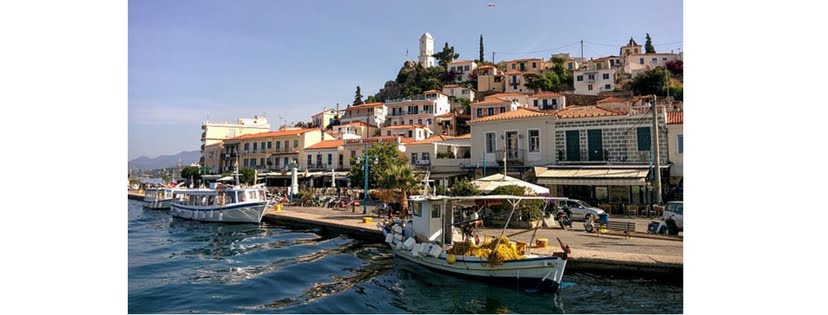
Among the countless Greek islands, 3 close to Athens are well worth a visit during your stay in the Peloponnese: Poros, Hydra and Spetses.
- Poros. This peaceful island is a pleasant stopover if you’re visiting the region of Epidaurus and Nafplio. Find all the practical information you need to visit Poros here.
- Hydra. This beautiful island with its white houses and charming little port is entirely pedestrianized.
- Spetses. This island of jasmine and bougainvillea is perfect for cycling. If you visit Spetses in September, you may be lucky enough to attend the Armada celebrations.
6 – The archaeological site of Mycenae
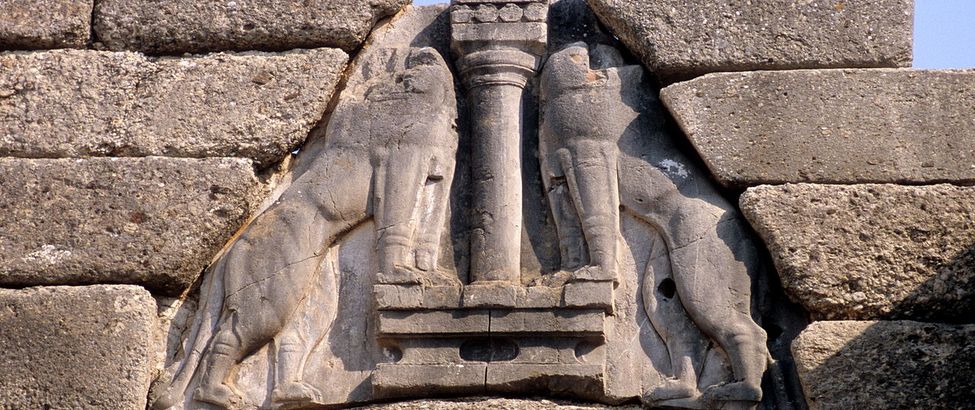
In the north-east of the Peloponnese, one of Greece’s most important archaeological sites awaits you: the ancient city of Mycenae. This site was the cradle of the Mycenaean civilization, which dominated the Mediterranean from 15ᵉ to 12ᵉ centuries BC. In Greek mythology, Mycenae was also known for being the scene of the terrible massacre of the Atrides.
To make the most of your visit, pick up our archaeological guide to Mycenae. It will give you all the keys you need to understand in depth the importance of the Mycenaean civilization.
7 – The Byzantine city of Mystras
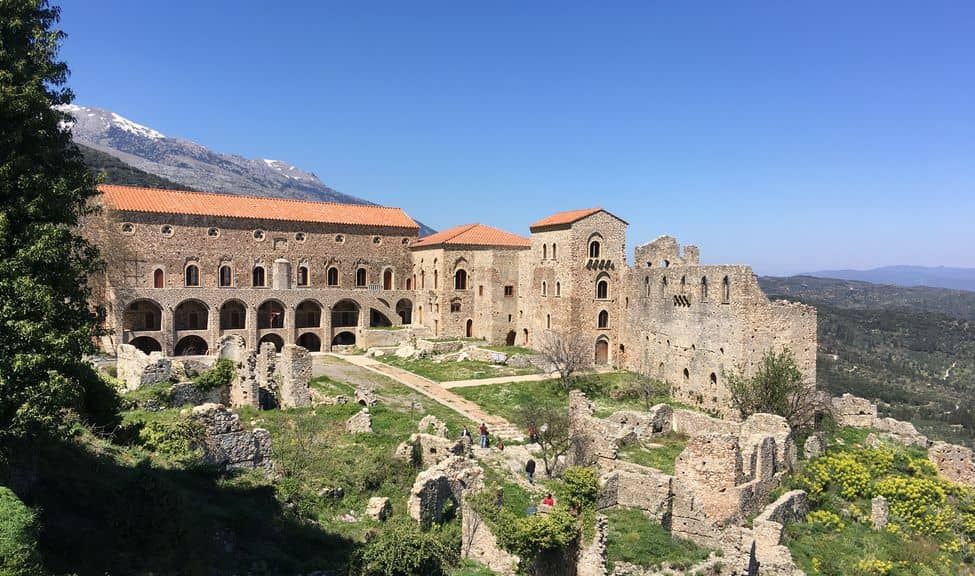
Do you like to combine the pleasure of walking with first-rate cultural discovery? The archaeological site of Mystras will enchant you! The ancient Byzantine city stretches over a 220 m high hill, linking the lower and upper towns.
This unique hike takes you past magnificent Byzantine churches and monasteries to the summit. The view of the valley landscape is breathtaking!
Find all the practical information on the Mystras website in this article.
8 – The fortified town of Monemvasia
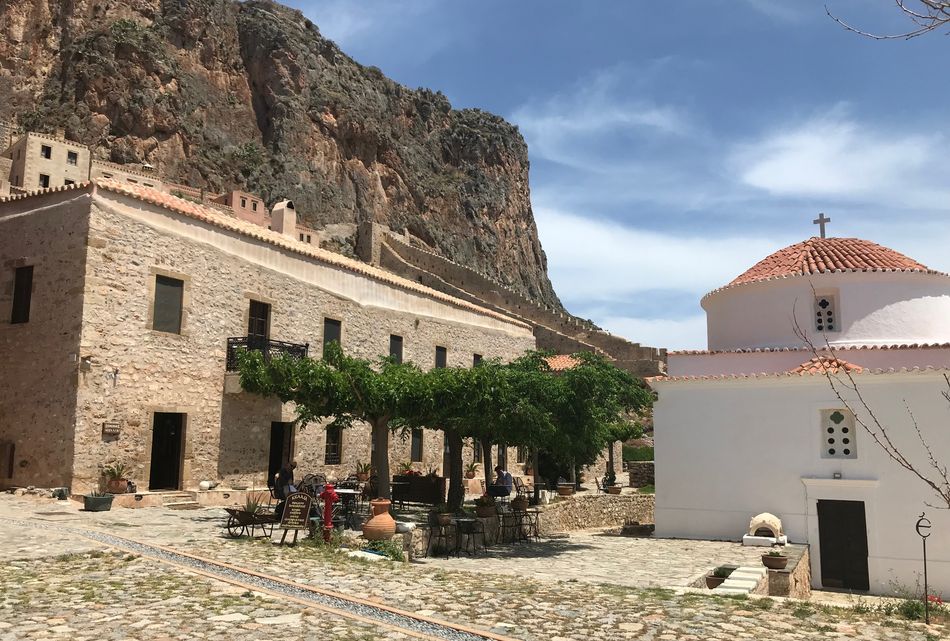
The fortified town of Monemvasia is one of the Peloponnese’s must-see treasures. Situated on a rocky islet, it is only connected to land by a bridge. Its beauty is thus preserved from car pollution and calm reigns supreme.
Lose yourself in the charming bougainvillea-lined streets and enjoy the enchanting panorama from the Kastro or Agia Sofia church. And if you can, treat yourself to a magical night in Monemvasia : you won’t regret it!
9 – The Mani peninsula
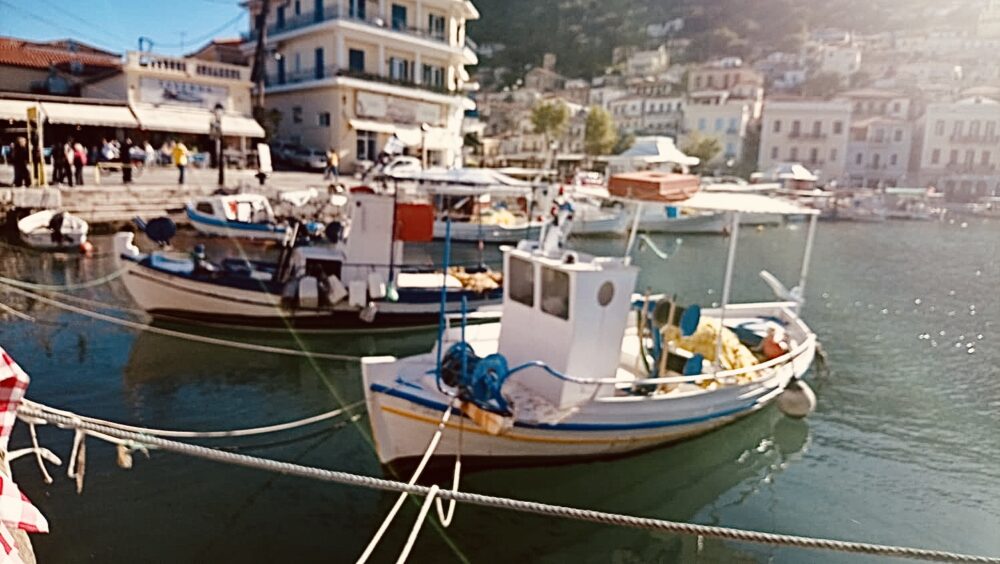
In the south of the Peloponnese, the magnificent Mani peninsula is dotted with small ports, each more enchanting than the last. This idyllic region is the perfect setting for a gourmet stopover and a taste of local culinary specialties on a seaside terrace.
Linger in some of the region’s picturesque villages to take in their beauty. And check out our article on the Mani for an unforgettable visit!
10 – The unspoilt region of Messinia
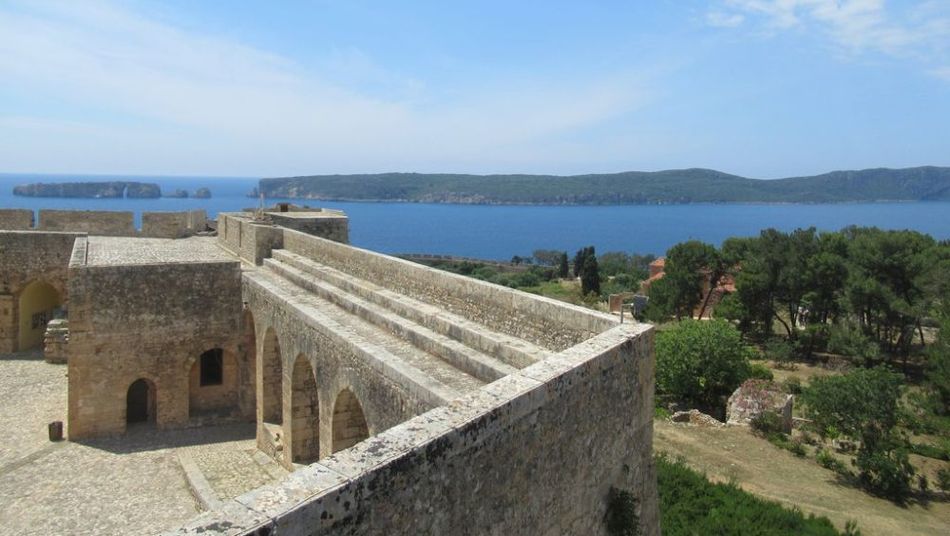
If you’re passing through Kalamata, be sure to stop off in Messinia. Discover the many assets of this beautiful region still preserved from tourism:
- Visitthe charming village of Methoni and its medieval fortress.
- Stop off at the small port of Koroni to admire its Venetian fort.
- Discover the beautiful port city of Pylos and its remarkable citadel.
And last but not least, treat yourself to a swim on Voidokilia beach. You’ll be amazed by the circular shape of this beautiful white-sand beach. What’s more, close to Voidokilia beach, you can explore the remains of an ancient medieval fort.
11 – The archaeological site of Olympia
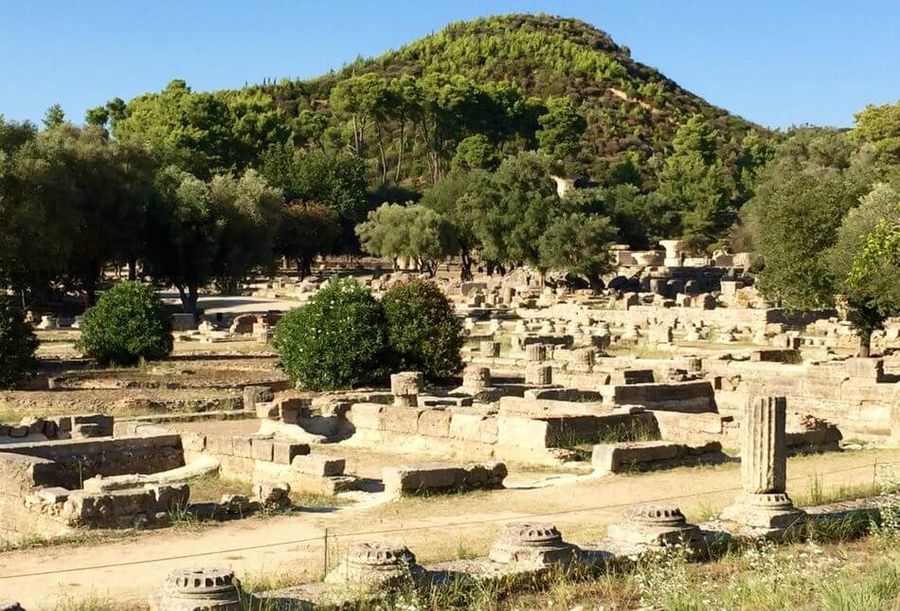
To round off this tour of the Peloponnese’s must-see treasures, what could be better than a sanctuary dedicated to the cult of Zeus? Olympia is undoubtedly one of the most interesting archaeological sites in Greece.
It was here that the first Olympic Games were held, in 776 BC, during the Roman era. They lasted until the 4ᵉ century AD. Some of the remains on the Olympia site attest to the presence of the athletes, such as the gymnasium and the stadium.
Back in the Greek capital, you can round off your knowledge with a visit to the Athens Olympic Museum.
Want to find out more about the wonders that await you in the Peloponnese? Take a look at our guide of the Peloponnese and our articles to help you plan your ideal tour!
Sandra B.
